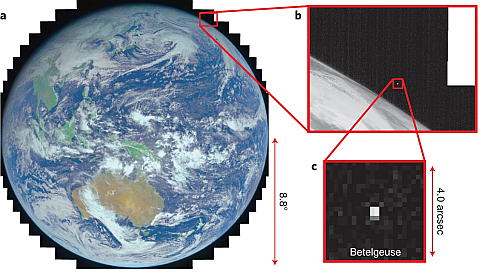Japan to stay on ISS to 2030 in exchange for an astronaut flight to Gateway
NASA yesterday announced that Japan has agreed to remain on ISS through 2030, the first international partner to do so, and in exchange will get a Japanese astronaut flight to the Lunar Gateway station.
Under the Gateway Implementing Arrangement, NASA will provide an opportunity for a Japan Aerospace Exploration Agency (JAXA) astronaut to serve as a Gateway crew member on a future Artemis mission. This formally represents the first commitment by the U.S. to fly a Japanese astronaut beyond low-Earth orbit aboard NASA’s Space Launch System (SLS) rocket and Orion spacecraft.
I remain very doubtful in the long run these flights will occur on SLS, which simply cannot launch frequently enough to make the entire program viable. More likely with time the rocket will be replaced by other commercial carriers.
NASA yesterday announced that Japan has agreed to remain on ISS through 2030, the first international partner to do so, and in exchange will get a Japanese astronaut flight to the Lunar Gateway station.
Under the Gateway Implementing Arrangement, NASA will provide an opportunity for a Japan Aerospace Exploration Agency (JAXA) astronaut to serve as a Gateway crew member on a future Artemis mission. This formally represents the first commitment by the U.S. to fly a Japanese astronaut beyond low-Earth orbit aboard NASA’s Space Launch System (SLS) rocket and Orion spacecraft.
I remain very doubtful in the long run these flights will occur on SLS, which simply cannot launch frequently enough to make the entire program viable. More likely with time the rocket will be replaced by other commercial carriers.

